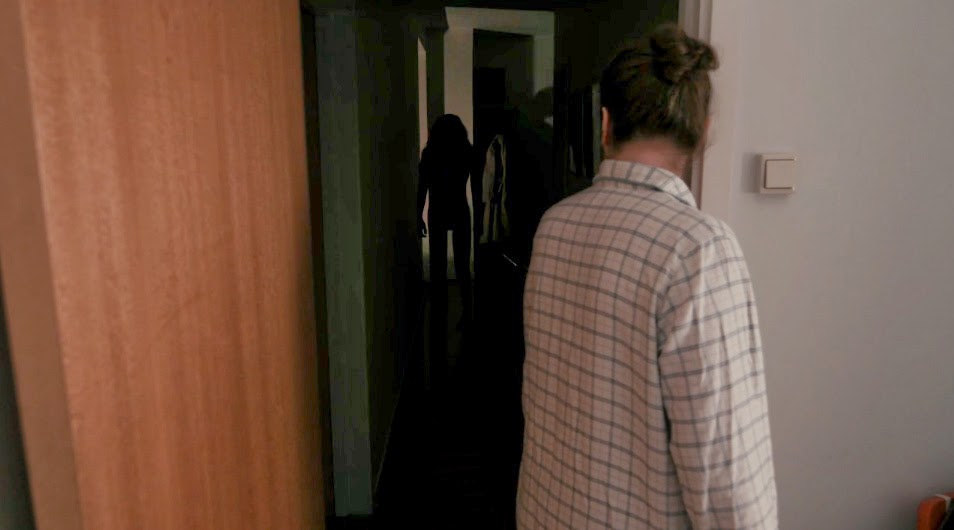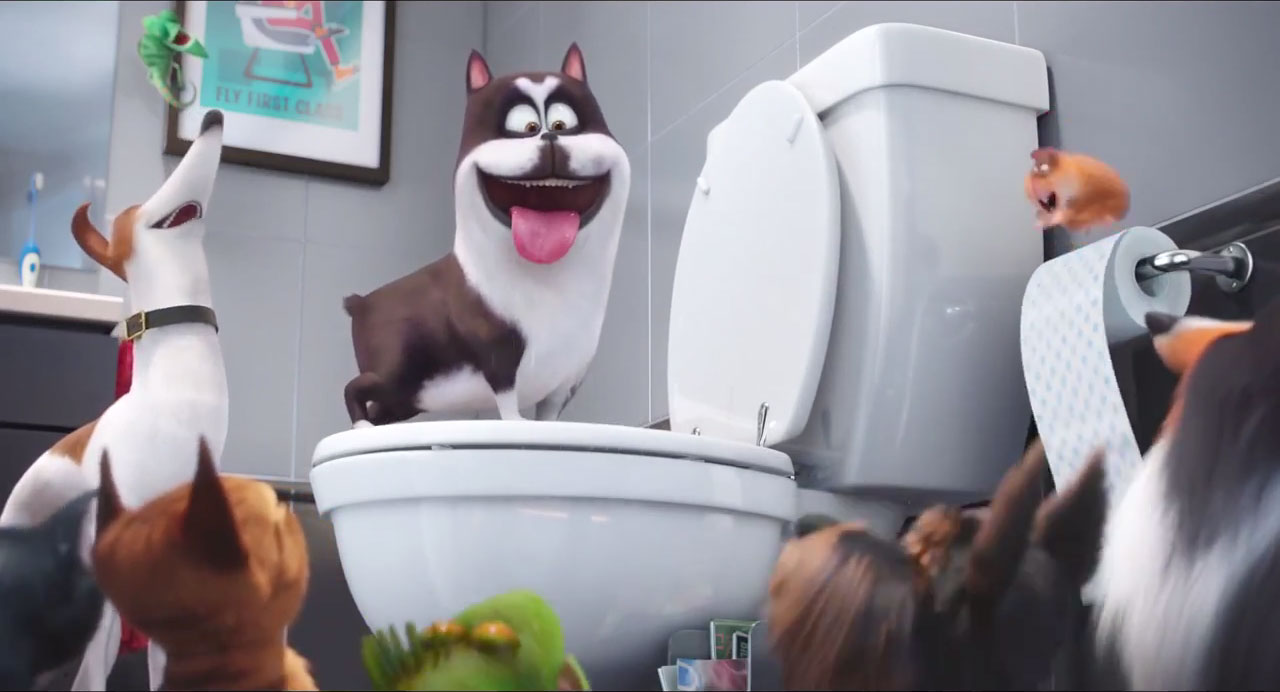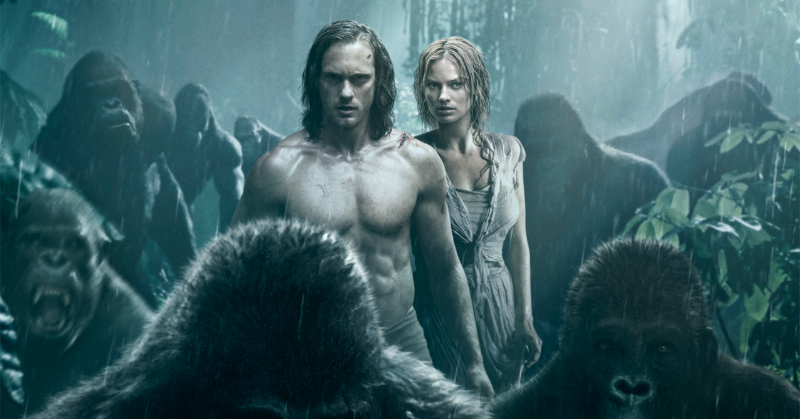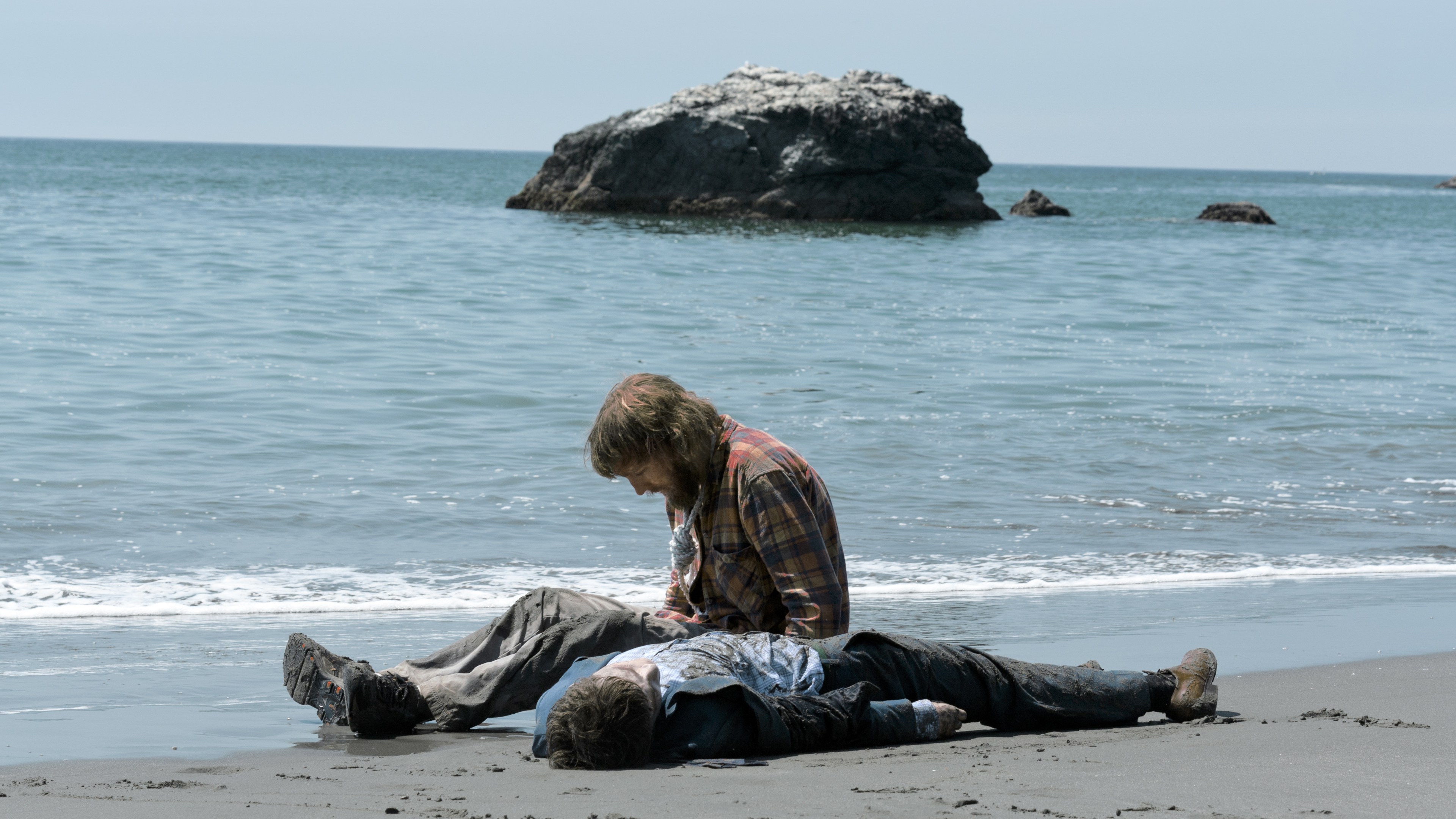Bad Moms
by Hope Madden
A raunchy comedy that peels away all the precious nonsense associated with motherhood and isn’t afraid to get a bit nasty – this feels like a film that’s been a long time coming. It could be a welcome change of pace if done well. Unfortunately, instead we got Bad Moms.
Mila Kunis stars as an overworked, underappreciated, harshly-judged parent. Her husband’s useless, her boss is a joke, and she’s so irredeemably responsible that her life is spiraling out of control. Either that or she is such an overtly clichéd image of every potential mom complaint that no actor could possibly make her a human.
Kunis has strong comic sensibilities, as do the performers playing her two new besties, Kristen Bell and Kathryn Hahn. Hahn’s the unrepentant man- and booze-hound of a single parent, while Bell’s Kiki is the socially awkward stay-at-home mother of 4. Together they have great fun doing all the things no one wants to see their mom do – and thank God for it, because the rest of the film is worthless.
This is a world where not one father contributes. OK, maybe one – but he’s a hot widower, so there’s no mother to help out. Awwww….
The film is co-written and co-directed by Hangover franchise creators Jon Lucas and Scott Moore, but they could have seriously used an assist from Bad Moms co-star Annie Mumolo. Mumolo co-wrote 2011’s Bridesmaids, a film that was capable of producing female-centric comedy with dimension. Even men.
I’m confident that there are times when every parent feels incompetent, where every well-planned family vacation turns into fodder for your child’s first adult conversation with a therapist. Bad Moms brings up loads of great, universal points that will pick those scabs. Unfortunately, the resolution to those issues is always convenient and one-sided to the point of being offensive.
Bad Moms is trying to offend your sensibilities, but it succeeds in the wrong spots. The lengthy sight gag concerning sex with an uncircumcised penis – not offensive, just funny. The problem is the rest of the movie.
At no point in the film Bad Moms is the word “parent” used. Every problem, every responsibility, every joy and obstacle is the sole property of the mom. I’m sure it can feel that way at times, but good comedy rarely comes from such a one-dimensional premise. It certainly doesn’t do so here.









